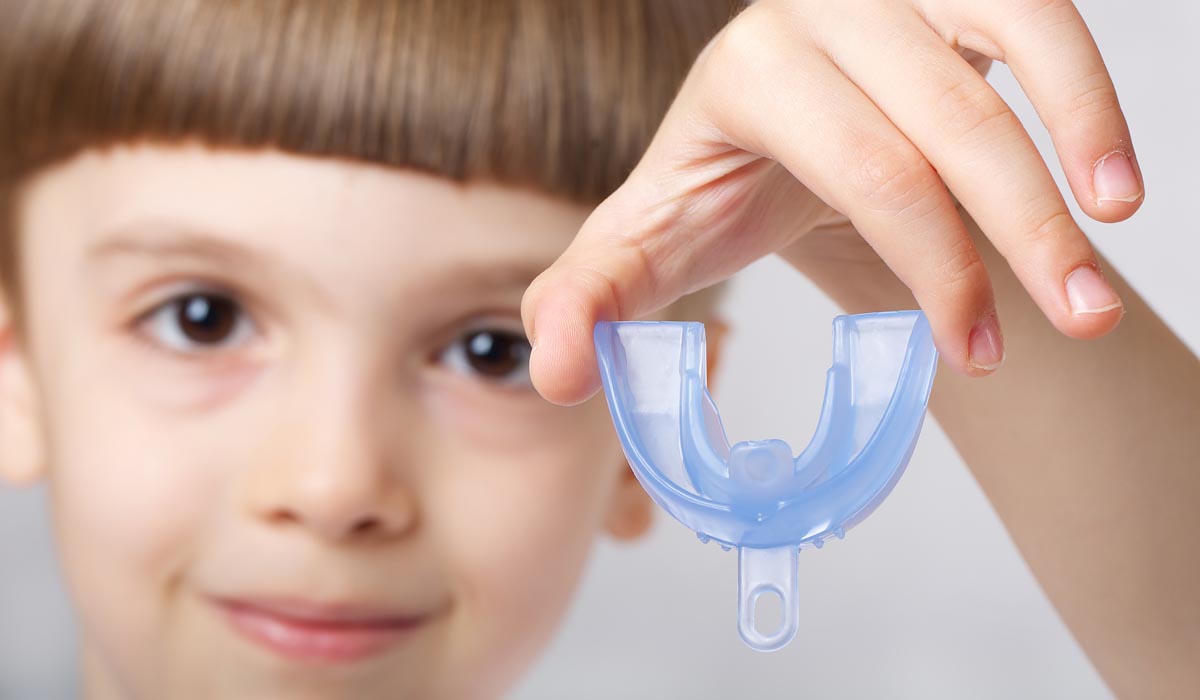✨Book online and enjoy a 5% discount on your first consultation
Home » Speech Therapy Services » Orofacial Myofunctional Disorders

Orofacial Myofunctional disorder
Orofacial Myofunctional disorder, also referred to as OMD, generally involves facial parts like lips, jaw, or tongue. An abnormality in these facial parts during rest is termed orofacial myofunctional disorder. People of any age group can get diagnosed with this disorder. OMDs can affect the average growth and build-out of muscles and bones of the face and mouth. This can eventually impact the activities like eating, talking, and even breathing. This makes the patients take their tongues out while eating, drinking, or talking.
Possible Causes
Risk Factors
OMD can develop at any stage of life, depending on your health and environmental factors. Some of the risk factors related to OMD are:
Signs and symptoms
Diagnosis
Speech-language pathologists are critical in the treatment of this condition. They pay great attention to the lips, cheeks, teeth, jaws, and tongue movement. People’s swallowing patterns are observed via videotaping. Pathologists examine the patients’ dental structures as well.
Treatment Options at 7DMC
You are aware of the importance of speech-language pathologists in this disease, and we have the top specialists in the business. We have successfully treated a large number of such individuals. We recommend activities to patients, which are beneficial. Our doctors design several schedules based on the severity of the patient and strive to complete the therapy on the smallest possible budget. 7DMC has proven to be the last choice for several of our patients, and we have been able to fix their difficulties.
If you observe any symptoms of OMD in your kid, you might need to see our doctors. Our professionals can be:
It may vary from person to person. However, the key here is repetition. Patients can typically start witnessing significant differences after 6 months.
While orofacial myofunctional disorders are extremely effective on children, they can also be beneficial for adults. There 4 ways that adults can benefit from OMD.
Near Dubai Miracle Garden,
Diamond Business centre A,
1st Floor,
Arjan, AI Barsha,
Dubai.
WhatsApp us